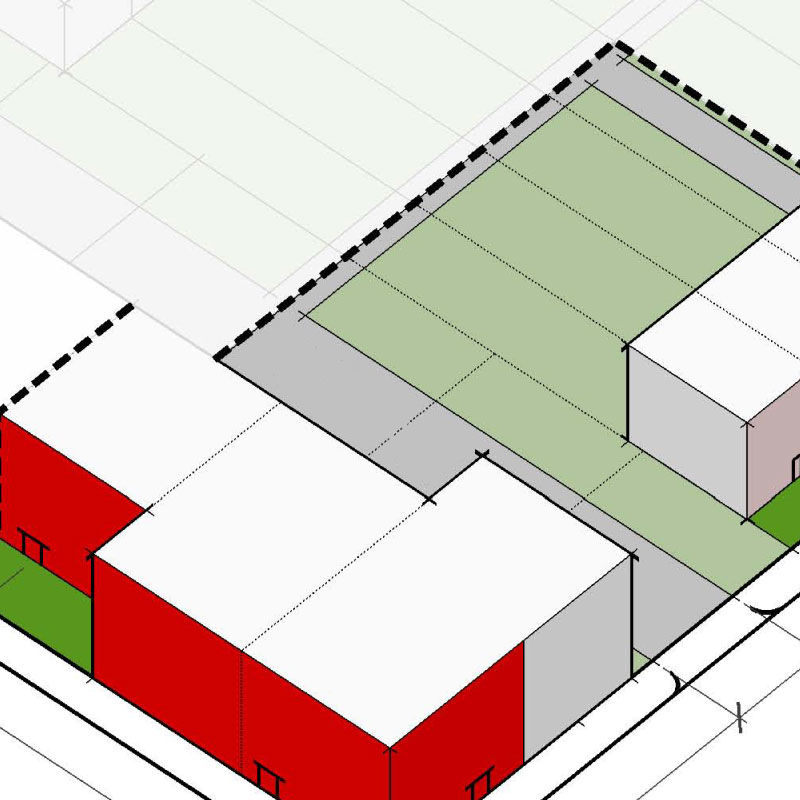In urban planning, form-based codes are often a balancing act. On the one side there are codes that are so restrictive or confusing, they discourage investment. On the other side there are codes so loose, they have little to no impact on the quality of design and construction. For codes to achieve balance, clarity and simplicity are paramount.
To encourage investment and decrease risk, a well written code should eliminate uncertainty for all investors in the community, both new and existing. A code that is not clear, uses indecisive language or leaves the ultimate decision in the hands of a committee, creates a great deal of uncertainty and will ultimately discourage growth and development.
A well written code offers a clear vision for the future, and gives investors the opportunity to create that future with the assurance that their investment will be protected by law. On the other hand, when using decisive language, the challenge is to maintain flexibility without creating too much complexity. A code may be decisive in its language, but if it is not easy to read and understand, it also fails to achieve its purpose of encouraging and protecting investment.
